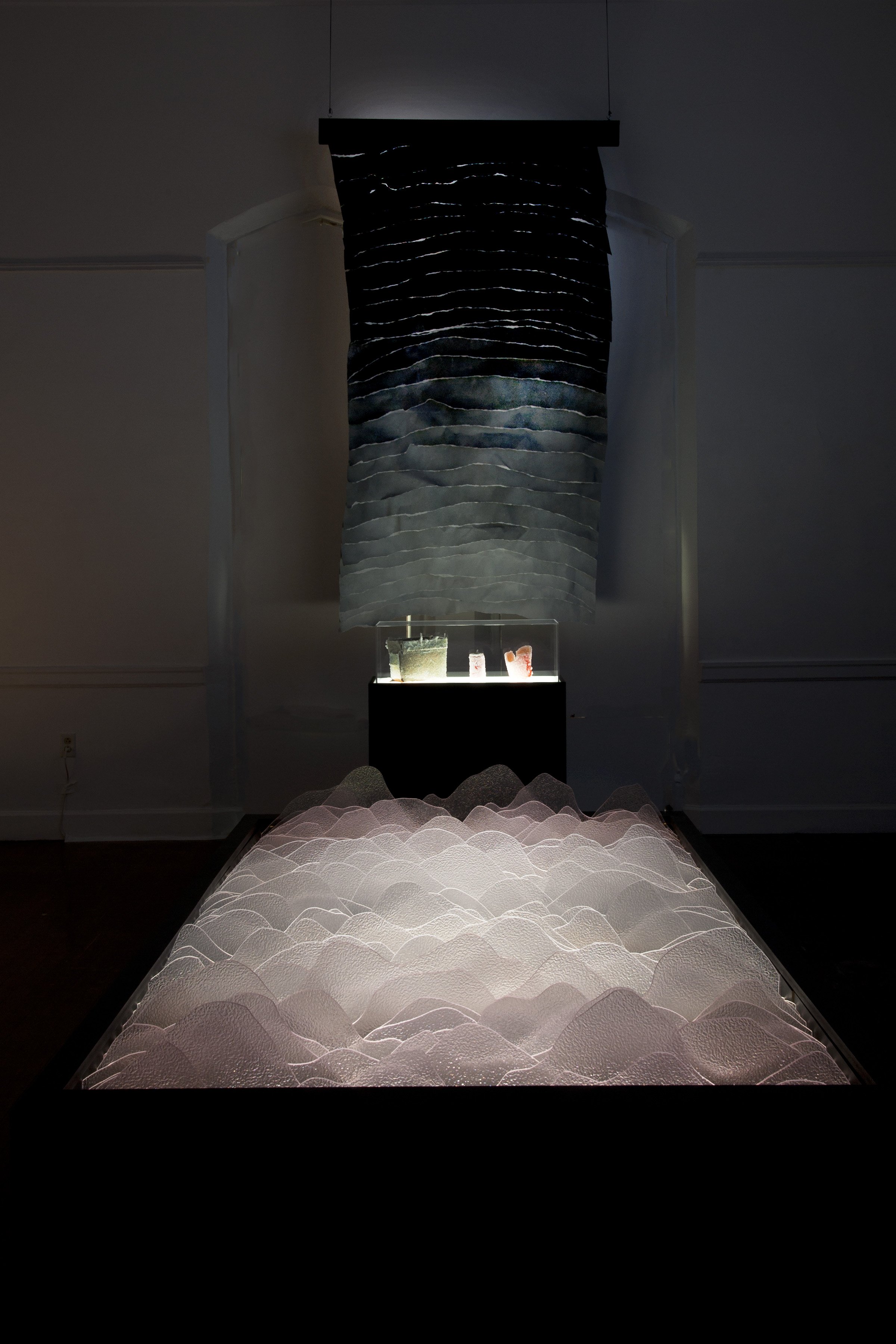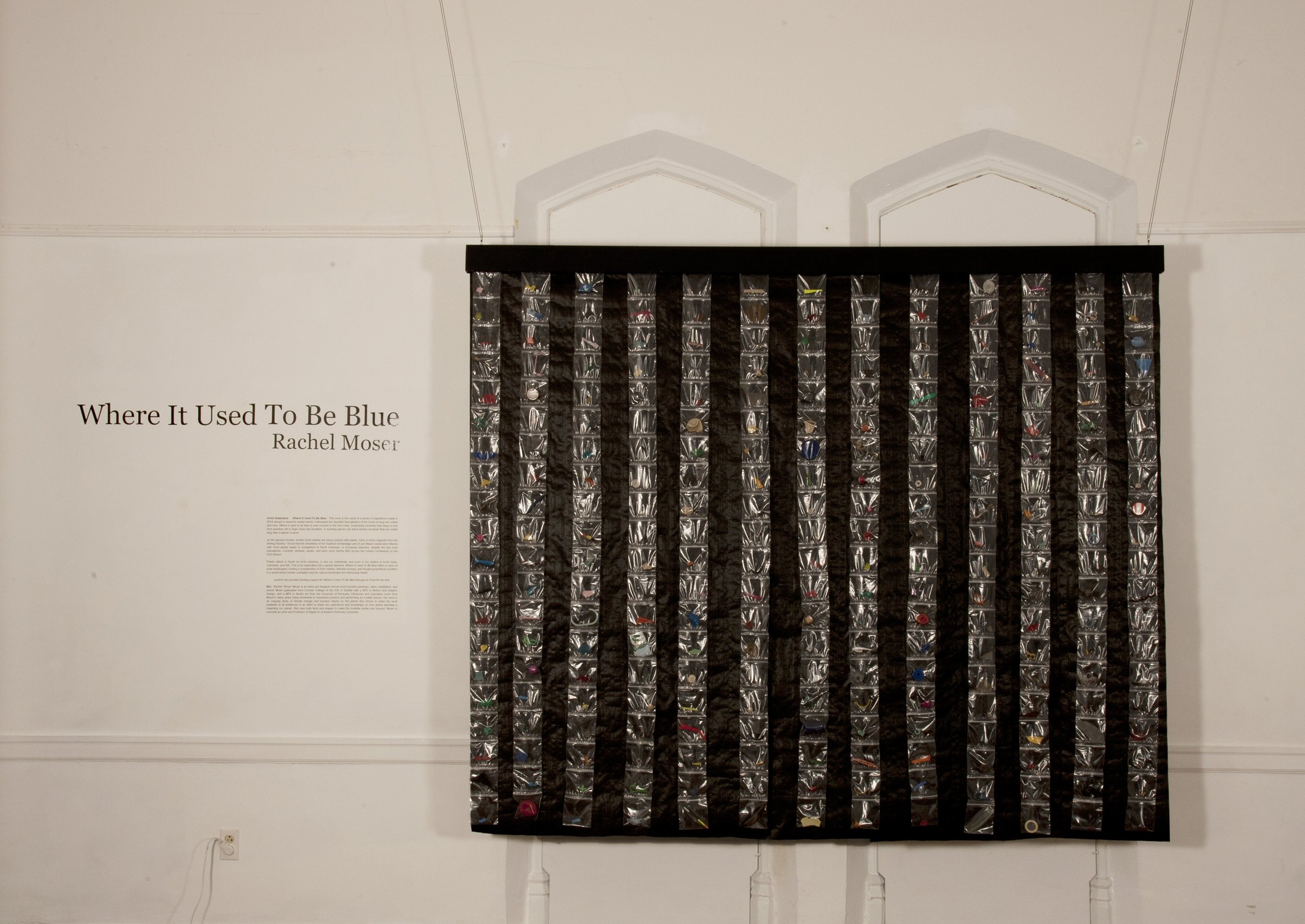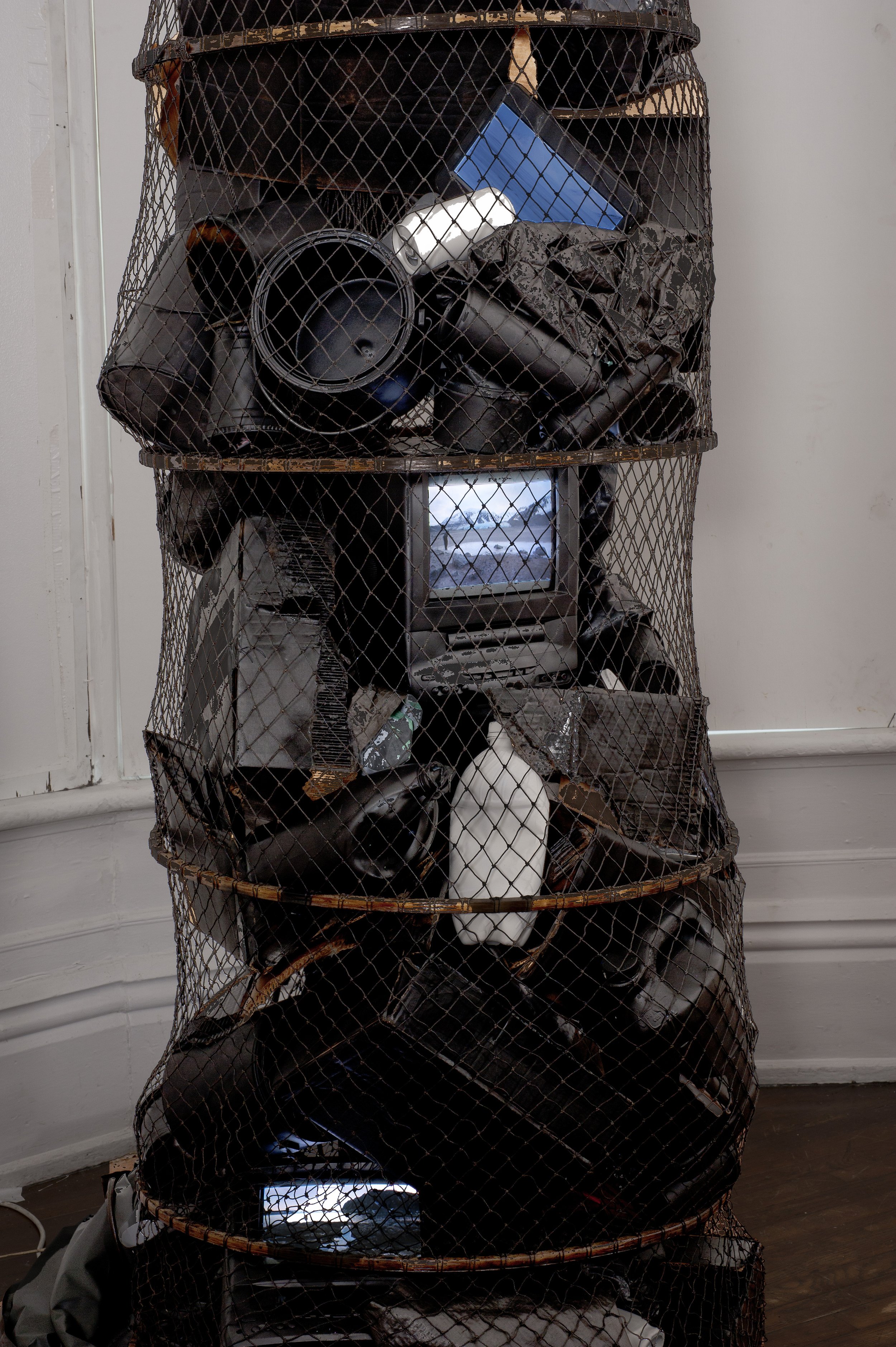Where it used to be Blue
This work is the result of a series of expeditions made in 2019 aboard a research vessel where I witnessed the beautiful blue glaciers of the Arctic turning into rubble and soot. Where it used to be blue is now covered in dirt and rocks, composing moraines that range in size from powdery silt to large rocks and boulders. A receding glacier can leave behind moraines that are visible long after a glacier is gone.
As the glaciers recede, remote Arctic islands are being polluted with plastic, most of which originate from the fishing industry. I found that the shorelines of the Svalbard archipelago and of Jan Mayen island were littered with more plastic waste in comparison to North American, or European beaches, despite the tiny local populations. Currents, streams, waves, and wind carry marine litter across the oceans northwards on the Gulf Stream.
Plastic debris is found on Arctic beaches, in sea ice, sediments, and even in the bodies of Arctic birds, mammals, and fish. This is an exploration into a global dilemma. Where It Used To Be Blue offers a vision of polar landscapes, inviting a consideration of their mythos, delicate ecology, and fraught geopolitical condition in a world where human civilization and the natural landscape are intrinsically linked.

Bio plastic, wood, LED light, digital video and animation projected on cardboard

installation shot

Trash found on Arctic beaches, plastic bags

Trash found on Arctic beaches, plastic bags

Cardboard aged in salt water

Installation shot

Artists trash, fishing net, tube TV, digital video loop and sound

Artists trash, fishing net, tube TV, digital video loop and sound

Artists trash aged in salt water

Bio plastic, wood, LED light, digital video and animation projected on cardboard
